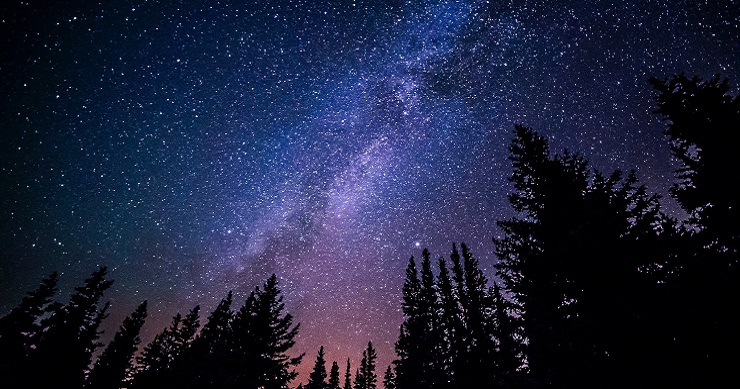The James Webb Space Telescope will enable researchers to measure the chemical makeup of atmospheres of planets around distant stars, possibly detecting signatures of chemical life. Astro-biologists study how starlight has interacted with the atmosphere or surface of a planet. Light bouncing off a surface or passing through a gas will have certain wavelengths trapped. This is what causes colors to exist, but also leaves behind a “biosignature” if life was present. The Webb telescope can detect faint chemical signatures in light emitted by exoplanets. One concern, however, is this process of detection may yield false positives.
Key Takeaways:
- It’s possible that life might exist on one of the many exoplanets we have discovered so far.
- Theoretically there are millions of habitable exoplanets, of which we have discovered hundreds.
- Scientists can study the light bouncing off these planets to see if there are signs of life.
“While Earth is the only known place in the universe with life, detecting life beyond Earth is a major goal of modern astronomy and planetary science.”
Read more: https://thenextweb.com/news/havent-found-alien-life-james-webb-space-telescope
References:
- The Next Web (Website)
- What If (YouTube Channel)


Leave a Reply